Highland educational psychologist James McTaggart provides some practical advice for helping children cope with anxiety.
Anxiety is in itself an angst-provoking word. All the more so when it’s backed up by media headlines about an escalating mental health crisis.
The good news is that some level of worry and anxiety is completely normal. Healthy, even.
So the first step in helping an anxious child is to keep a sense of perspective is ourselves.
James McTaggart explains: “We are living in anxious times. Many people are more anxious than they would normally be and find simple things harder as a result of the pandemic. It will be a while before this settles, and we need to cut each other some slack.”
James distinguishes between clinical anxiety and congruent anxiety – the latter being negative emotions that fit with a negative situation. It’s healthy to experience worries when the world is a worrying place. All the more so for children.
“There’s a limit to how much we can shield our children from that.”
So we can’t wrap them up in cotton wool. How, then, might we help them to cope?
Don’t minimise children’s fears
I give James a recent example of my anxious six-year-old, who loves football but struggles to work up the confidence to go to training.
Where do we draw the line between softly softly, and tough love?
James emphasises that every child, and every situation, is different. However, he does offer some general guidelines to help us assess challenges as they crop up.
“On the one hand, it’s far better if the child does the thing, and we help them manage it,” he says. “Otherwise, there’s a risk we reinforce avoidance if we say ‘Okay just don’t bother then, if you don’t want to go.’ It’s better – if they can – that they do it with support.”
However, there’s also a fair helping of parental judgement involved.
“If, as a parent, you just can’t face the battle right now, that’s okay. Parents are entitled to a life that’s tolerable! So if it really doesn’t matter, maybe just don’t do it.”
With that balance in mind, there are many ways that we can help children face their fears.
Perhaps the most important is striking the right tone. James warns against minimising or mocking their worries. “It’s a natural reflex to try to jolly someone along,” he says, “but that can be heard as a message that they’re being silly, stupid or pathetic. That then just makes them feel less able to manage whatever it was in the first place.”
So, avoid dismissive messages like ‘It’s only football, you’ll love it’ or ‘Oh you’re just a worry wart.’
“Don’t close down their world,” warns James.
How to help your child cope with anxiety
Instead, try James’s practical steps to help.
Get a sense of scale
Consider making a list of worrying things, alongside a list of things that are okay or good. This puts worries into perspective and shows that it’s just a few things, rather than the whole of life.
Problem-solve each worry
Don’t be tempted to solve every challenge for them. Try to work out together what they can do to manage something, who can help them, and how they can know they are okay. Then walk through the plan together.
Gather the information that can help
If they’re worried about germs, find out together about how to keep safe, and how infections can be treated. If they’re not sure about a new teacher, make an introduction and have a chat together.
Try self-soothing strategies
These can be very individual – some people love quiet relaxation and others prefer to be active. A game of catch or a kickabout outside can be a great reset. So can snuggling with some blankets and hot chocolate.
One important point here: nothing works unless you practise it when you don’t need it. So don’t save breathing techniques for the moment of panic – get into a regular habit so they have that in their toolkit.
Getting help when anxiety is becoming a problem
How do parents know the difference between day-to-day struggles, and a problem that needs professional help?
“Judge by the amount of functional disruption,” says James. “If they’re starting to find ordinary life very difficult or very painful, it’s time to seek help.”
The warning signs of anxiety will naturally vary depending on a child’s age and personality. Younger children might be more grumpy or difficult than usual, be reluctant to do particular things, or get very detailed about what they want to happen – this feels like they are being controlling.
You may also notice that they become more solitary, talk on and on about something, or display physical signs like tension or bowel issues.
Older children and teens might tell you if something is up – but don’t assume they will. “We gradually discover how complex the world is as we get older,” say James. “That often comes with a gradual disillusionment with you as their parent!”
He advises to keep the lines of communication open, by reminding them they can come to you with worries. Parents of teens will often find they open up a bit when distracted with day-to-day tasks, like making a sandwich or a car journey.
“Expect little bits of communication,” says James. “It will be more like a telegram than a video call.”
Yes, this is a rehearsal
James also highlights that children today lead very busy lives. Even positive, fun experiences can take it out of them.
“Look at your child’s diet of events – have they got too much on?” says James. “It’s a stress bucket. Everything they do adds a little bit to it – even the fun stuff adds up. Have a think about how much pressure they’re under. Do they need more time to chill?”
Talking to your child and taking their concerns seriously not only brings you closer, but also sets them up for life.
“Every time your child has a worry, and you help them through it, you are teaching them how to deal with worries,” says James.
“Later in life, when the dishwasher floods or their job is at risk, they will know how to cope. We are doing a rehearsal here.”
Where to get more help for child anxiety
With all that being said, sometimes there’s only so much a parent can offer. “If acknowledgement, reassurance and problem-solving aren’t working – or if your child has experienced a traumatic event – don’t hesitate to seek help,” says James.
Schools and nurseries, or health visitors, will be able to offer support and signpost services.
Here are some organisations that can help.
- A useful page from ParentClub Scotland on supporting teens with anxieties
- Lots of practical ideas from Young Minds
- A helpline for parents to get advice and support from Children 1st
- Useful info and a helpline for children and young people from Child Line
More from the Schools & Family team
New head takes over at Gordonstoun
How do I deal with family feuds at Christmas?
Moray nurseries hail pay rise triumph – but say they’re not done yet
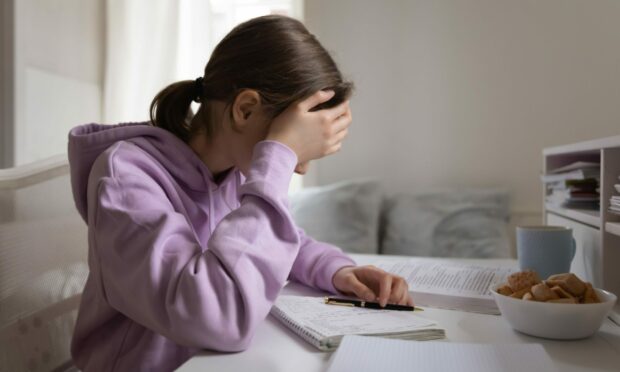

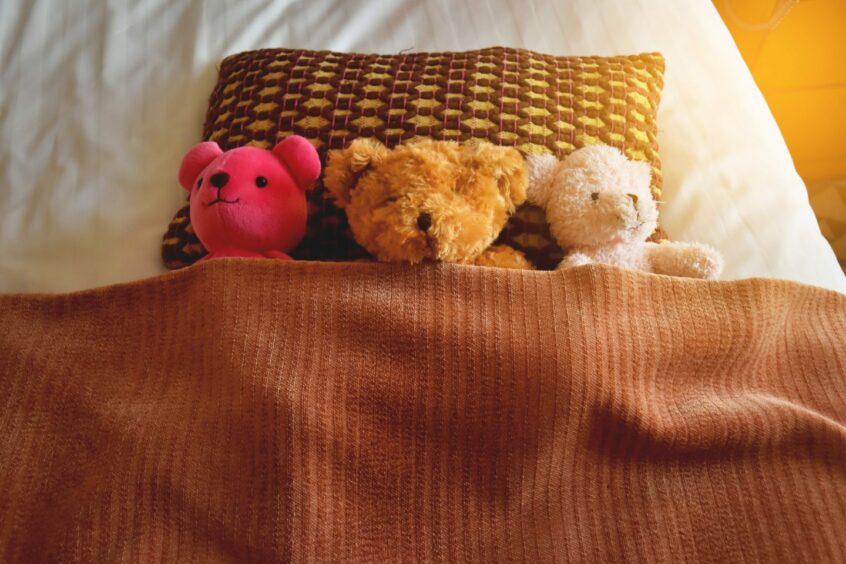

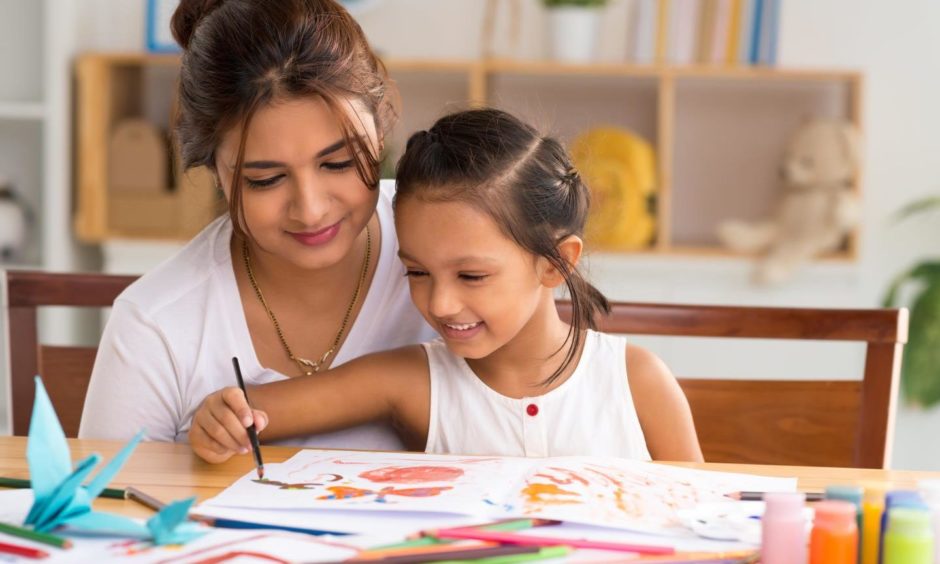




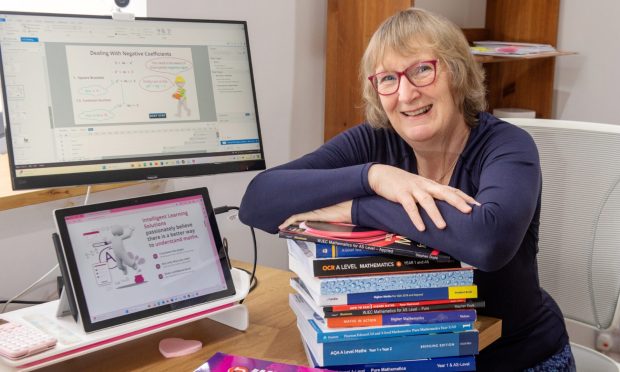
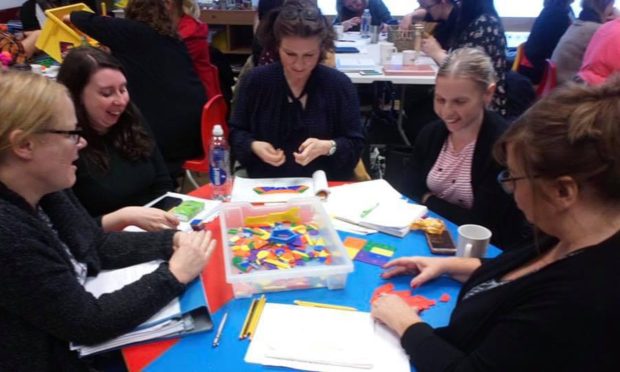




Conversation